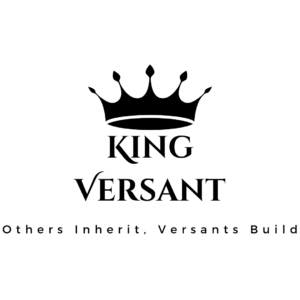White House Briefing on the President’s "Department of Government Efficiency" Workforce Optimization Initiative
Key Points
- Purpose: The executive order aims to increase government efficiency by reducing workforce size and eliminating wasteful practices.
- Hiring Ratio: Agencies are restricted to hiring only one new employee for every four who leave, with exceptions for public safety, law enforcement, and immigration enforcement roles.
- Hiring Approval: New career appointments must be approved by a Department of Government Efficiency (DOGE) Team Lead, ensuring hiring aligns with agency needs.
- Reductions in Force (RIFs): Agencies must prepare for large-scale workforce reductions, prioritizing non-essential functions, including diversity, equity, and inclusion (DEI) initiatives.
- Rulemaking Changes: Federal employment suitability standards will be tightened to include criteria like tax compliance, adherence to citizenship requirements, and responsible use of government resources.
- Agency Reorganization: Agencies must submit reports on potential eliminations or consolidations of statutory entities.
- Implementation Review: A final report on the initiative’s progress is due within 240 days.
Impact on U.S. Citizens – Pros & Cons
Pros:
✅ Government Efficiency: Reducing workforce size and eliminating non-essential functions may improve productivity and cost-effectiveness.
✅ Taxpayer Savings: Workforce reduction and cutting redundant programs could lead to budget savings.
✅ Hiring Oversight: New hiring regulations ensure agencies prioritize essential roles, potentially reducing bureaucratic inefficiencies.
✅ Accountability Measures: New hiring suitability criteria may enhance workforce integrity and effectiveness.
Cons:
❌ Potential Job Losses: Large-scale reductions in force could lead to significant layoffs, impacting government employees and contractors.
❌ Service Disruptions: Cutting personnel in some agencies may reduce public services and response times.
❌ DEI Program Cuts: The elimination of diversity and equity programs may raise concerns about workplace inclusion.
❌ Workforce Morale: Hiring freezes and layoffs may lower employee morale and engagement in federal agencies.
Impact on Global Stakeholders – Pros & Cons
Pros:
✅ Stronger U.S. Governance: A more efficient federal government could improve international confidence in U.S. administrative capabilities.
✅ Fiscal Responsibility: Reduced government spending may have a stabilizing effect on global markets.
✅ Focused Immigration Enforcement: Prioritizing immigration law enforcement may lead to more predictable policies for international stakeholders.
Cons:
❌ Reduced Foreign Engagement: Streamlining agencies may result in decreased global cooperation on initiatives like climate change, foreign aid, and human rights.
❌ Policy Inconsistencies: Workforce reductions in key departments might slow policy execution, affecting trade and diplomatic relations.
❌ Potential Workforce Shortages: Slower federal hiring processes could limit government responsiveness to international crises.
Factual Narrative
The White House has issued an executive order to streamline the federal workforce under the Department of Government Efficiency (DOGE) initiative. This order aims to cut government costs and optimize agency functions by enforcing strict hiring limits, restructuring agencies, and initiating large-scale workforce reductions in non-essential departments.
Notably, diversity and equity programs are among those marked for elimination, raising concerns about inclusivity in federal employment. While this policy is expected to enhance government efficiency and reduce taxpayer burden, it may also result in job losses, service disruptions, and potential diplomatic challenges.
Agencies have 240 days to report on the effectiveness of these measures, which will determine future modifications to the initiative.
